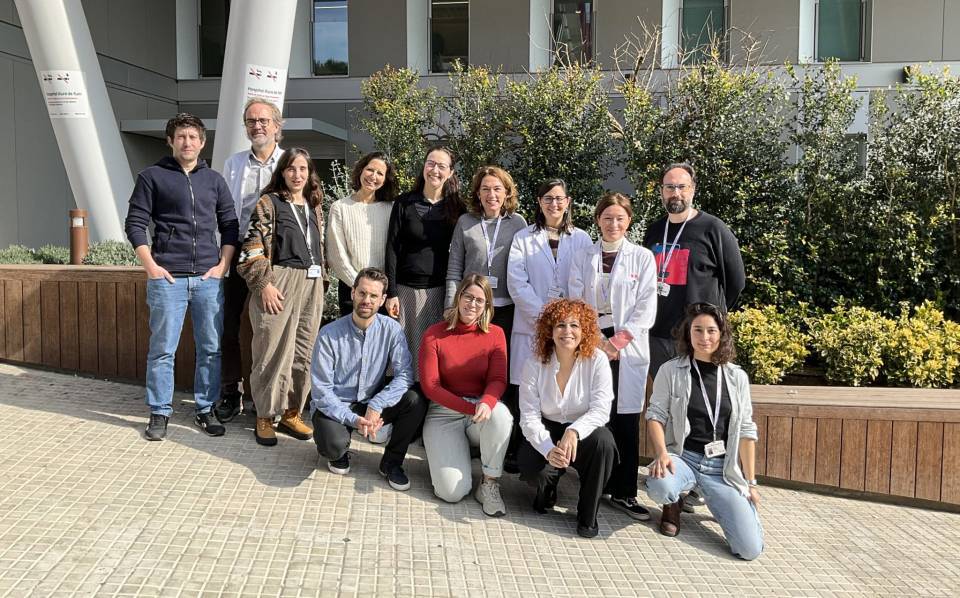Research into population screening programmes for cancers such as colorectal, cervical, lung, prostate and breast cancer, have generated a large amount of insights, which means that the systems for monitoring these patients are highly sophisticated. However, there is still a great lack of information on screening for non-malignant diseases, some of which have a higher prevalence and mortality rate that the more common cancers. In particular, the case of the detection of liver fibrosis, a precursor of cirrhosis, is especially noteworthy, since it is an extremely prevalent disease with a high mortality rate.
"Our screening programmes for fibrosis are still in their infancy, whilst those for cancer were established a long time ago", reflects Pere Ginès, lead author of the article and consultant in the Hospital Clínic Hepatology Service, professor of medicine at the University of Barcelona and head of the IDIBAPS Chronic Liver Diseases: Molecular Mechanisms and Clinical Consequences group.
In 2019, cirrhosis caused 57% more deaths globally than colorectal cancer, with a total of 2 million deaths per year. Moreover, cirrhosis is the main risk factor for primary liver cancer, one of the most common cancers worldwide.
In this perspective article, the team of experts from the European consortium LIVERSCREEN, led by IDIBAPS and funded through the Horizon 2020 programme (847989), used their expertise and all they learnt in the colorectal and lung cancer screening programmes to explore the benefits, challenges, implementation strategies and avenues for future innovative screening initiatives for liver fibrosis.
Ginès adds: "The detection of chronic liver diseases has the potential to shift the paradigm of how they are diagnosed: from the current scenario of late diagnosis, in which the mortality rate is high and the reversibility of fibrosis very improbable, to an early diagnosis with a higher probability of reversibility and lower morbidity and mortality rates."
Liver fibrosis screening challenges
A major obstacle for the early detection and identification of patients with chronic liver disease is a lack of established strategies. Therefore, liver fibrosis screening programmes have to develop and validate strategies for addressing the risk population, inviting and informing participants, carrying out detection and diagnostic tests, informing and monitoring after detection, whilst at the same time assessing the cost-effectiveness of these strategies.
Isabel Graupera, hepatologist at the Hospital Clínic, IDIBAPS researcher and also co-author of this article explains that "in fibrosis screening, we still have to resolve many doubts such as, for example, which is the best method, targeted screening or mass screening; we have to determine the best to way to follow up patients, especially in the most disadvantaged socio-economic groups; and we have to adapt the designs to all existing health systems".
Moreover, the article also reflects on the need to carry out clinical trials that provide insights into the profitability of each screening method and focus on the reduction of mortality; it is necessary to demonstrate that increasing the early detection of liver fibrosis will improve the prognosis of cirrhosis.
Ideally, these new models will be cost-effective, acceptable, easy to apply on a large scale, and allow for personalization. One interesting option is multi-phase detection, which combines the detection of various diseases in a single visit. The reason for this strategy is that patients with liver fibrosis are also often at risk of other diseases such as arteriosclerosis, lung cancer, colorectal cancer, etc.




